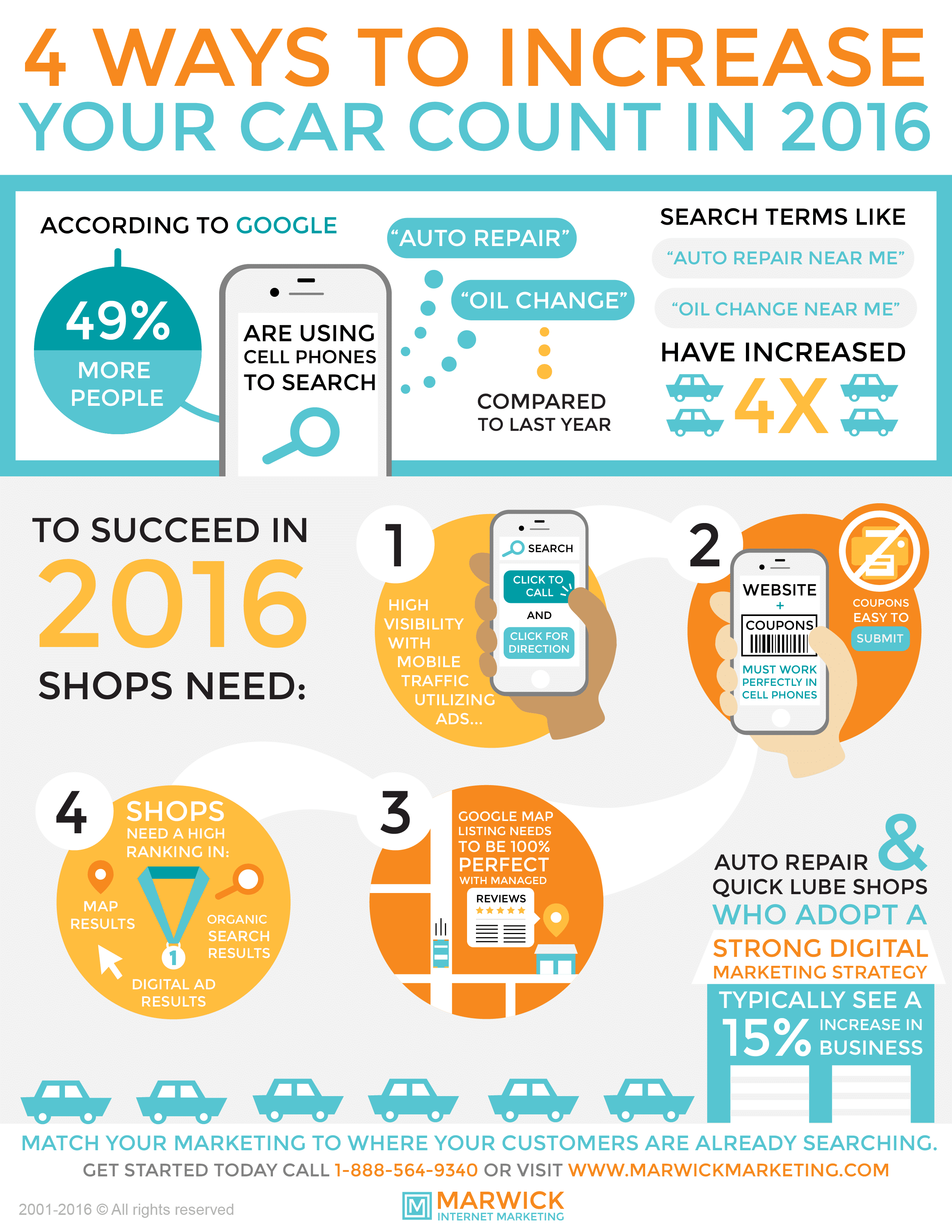Deciphering Your Automobile'S Warning Indicators: What They Genuinely Indicate
Deciphering Your Automobile'S Warning Indicators: What They Genuinely Indicate
Blog Article
Writer-Samuelsen Forbes
When you're behind the wheel, those radiant warning lights on your control panel can be a bit puzzling. Do you recognize what they're trying to inform you about your automobile's health? Understanding the importance of these lights is important for your safety and the longevity of your car. So, the next time among those lights pops up, would not you wish to decipher its message properly and take the needed steps to address it?
Common Caution Lights and Interpretations
Determine typical warning lights in your vehicle and recognize their significances to ensure safe driving.
a and m auto detailing of the most typical caution lights include the check engine light, which indicates problems with the engine or emissions system. If this light begins, it's essential to have your lorry inspected immediately.
The oil stress alerting light suggests low oil pressure, calling for immediate focus to prevent engine damages.
A flashing battery light may suggest a damaged billing system, potentially leaving you stranded if not addressed.
The tire pressure tracking system (TPMS) light signals you to low tire pressure, affecting car stability and fuel effectiveness. Disregarding this can cause dangerous driving problems.
The abdominal muscle light shows a trouble with the anti-lock braking system, jeopardizing your capacity to stop promptly in emergencies.
Last but not least, the coolant temperature level alerting light warns of engine overheating, which can lead to serious damage if not solved quickly.
Understanding these common warning lights will certainly help you resolve concerns immediately and keep secure driving conditions.
Significance of Prompt Attention
Understanding the typical caution lights in your vehicle is only the very first step; the significance of immediately addressing these warnings can't be emphasized sufficient to guarantee your safety and security on the road.
When a warning light brightens on your control panel, it's your auto's method of interacting a potential issue that needs focus. Disregarding these cautions can cause more extreme issues in the future, jeopardizing your security and possibly costing you a lot more in repairs.
Trigger interest to advising lights can prevent malfunctions and crashes. For instance, a flashing check engine light could suggest a misfire that, if left neglected, could trigger damages to the catalytic converter. Addressing this quickly can save you from an expensive fixing.
In a similar way, a brake system cautioning light could indicate low brake liquid or used brake pads, crucial elements for your safety and security when driving.
DIY Troubleshooting Tips
If you notice a caution light on your control panel, there are a couple of DIY fixing tips you can try prior to seeking professional assistance.
The first step is to consult your auto's handbook to understand what the details warning light shows. Sometimes the issue can be as straightforward as a loosened gas cap activating the check engine light. Tightening up the gas cap may resolve the problem.
One more common issue is a low battery, which can set off various advising lights. Checking Highly recommended Internet page for corrosion and guaranteeing they're protected may fix the problem.
If a warning light continues, you can attempt resetting it by disconnecting the cars and truck's battery for a couple of mins and afterwards reconnecting it. Additionally, checking your vehicle's fluid levels, such as oil, coolant, and brake liquid, can assist fix warning lights connected to these systems.
deatling
In conclusion, comprehending your automobile's caution lights is vital for maintaining your vehicle running smoothly and safely. By promptly resolving these informs and understanding what they imply, you can avoid pricey repair services and potential break downs.
Remember to consult your vehicle's manual for certain information on each cautioning light and do something about it appropriately to make certain a hassle-free driving experience.
Remain educated, stay safe on the road!
